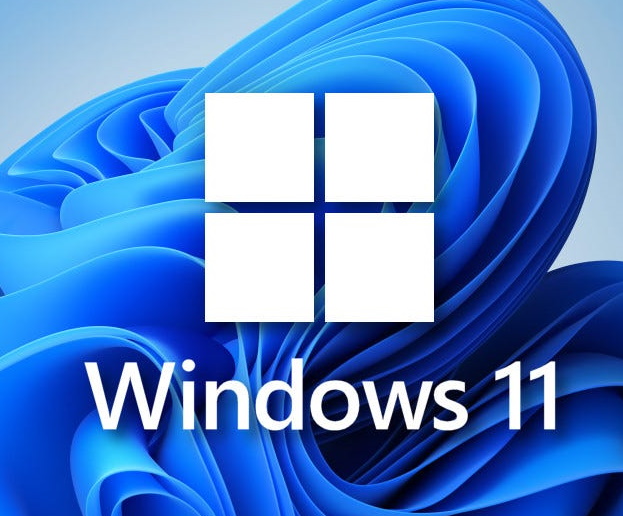
Windows 11 was officially released on October 5th. We have already had some clients ask us to upgrade their computers to Win 11. So far, the upgrades have gone smoothly. Our initial impression is that it is faster than previous versions of Windows. One negative we have noticed so far is the start button which, unlike windows 10, does not by default give you a list of all installed applications. There are ways to get around this however if you prefer to access your installed programs in a simple list.
The biggest issue most people are going to have is that the system requirements for upgrading to Windows 11 are quite strict. You need an 8th generation Intel processor or newer, and you need TPM 2.0. What this means is that if your computer is more than 3 or 4 years old, it likely will not qualify for an upgrade to Win 11. Microsoft has offered some work arounds so that you can install it on older systems. It remains to be seen how long Microsoft will continue to offer these work arounds, and how well Win 11 will run without these requirements being met. We have installed Win 11 on older systems and it seems to run fine.
One other little quirk we noticed is that if you install windows 11 Home version from scratch (rather than upgrading), you will be forced to use a Microsoft account rather than a local account. This could be problematic for smaller businesses. If, on the other hand, you upgrade from Win 10 Home to Win 11 Home, you will be allowed to keep your local account. Win 11 Pro does not force you to use a Microsoft account either way.
Microsoft will continue to support Windows 10 until Oct 14, 2025 so there is no rush to upgrade. In fact we would recommend waiting for a while before upgrading. At this point upgrading is optional, but of course that may change. The risks with being an early adopter are bugs and glitches, and also upgrading may break some of your applications, especially older ones.